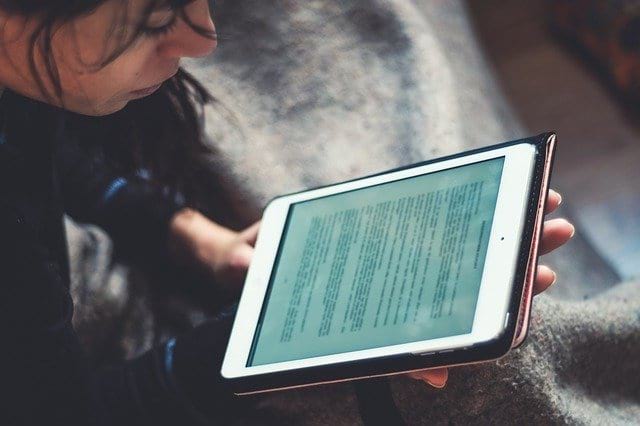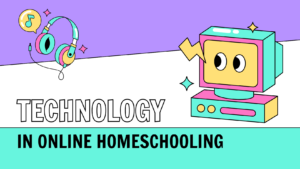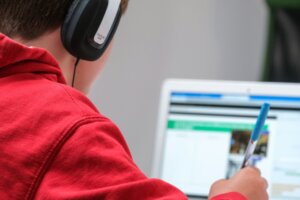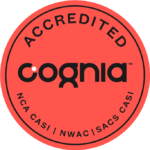For any activity to succeed, people must plan it to the smallest detail, especially if it is going to be performed by different team leaders, with many teams and not the same moments. Each team leader might add to the activity of their personality, according to their character or abilities. However, the path to be walked is the same, and it should be labeled, so it succeeds no matter who leads, so all the teams get to the same point at the end. Some groups might do it faster than others; some might do it in their style, while others may have to help each other to complete the activity. The human element always varies, but the tools they use, the tasks they do, and the environment where they work will be the same. However, what happens when many teams do the same activity, and they discover there is more than one way or a better way to do the tasks? There is room for improvement, and it can become better without losing the primary purpose of the activity. Also read Challenges and advantages of educational technology

How can one guaranty that participants will follow the same path, use the same tools, and move in the same environments after repeating the activity a certain number of times? How can one improve, adapt, or change a project every time without losing the essence of the work? In education, the instructional design is the map that ensures the development of the ideal context where learning should take place, detailing the objectives to reach, the activities that will support the acquisition of a skill, the materials necessary to develop the tasks, as well as the learning evidence and its evaluation. The design must include the possible problems to overcome and improvements to implement in the future.
The instructional design in online education requires a detailed organization and planning that contains clear and valid information for the delivery of a class. The essential elements, in any model of instructional design for a virtual classroom, include the identification of needs, setting the desired goals, choosing the contents, selecting the task to be done, and adding the evaluation techniques to measure the process. Among a lot of instructional models that work better for interactive online education are the Dick and Carey Model, the ASSURE Model by Heinich, Molenda, Russell and Smaldino, the Gagne Model, and the Jonassen Model.
Choosing an instructional design model depends on the contents, students, and subjects to be taught. Nevertheless, regardless of the model selected for the online classes, it is relevant to know the technological tools and applications that are going to be used to include them as a vital part of the instructional design. This technology for online education contributes to the development of skills and learning experiences; thus, they produce and magnify a knowledge environment that involves creativity and limitless resources.
The purpose of the instructional design in online classes is to produce a procedure for teachers and students to interact efficiently during the teaching-learning process. Furthermore, the design must blend the essential elements of this plan, the technology, and the methodology. Both must complement each other to create a context where tasks can be dynamic and interactive, creating a space where the student can perform a more active role in his learning.
It is crucial to keep in mind that in an interactive virtual classroom, teachers and students have to modify their roles, and the instructional design has to consider this. The teacher is a moderator, providing students with the information, the tools, and applications, along with the precise instructions for students to complete the tasks to acquire specific competencies. Students build this knowledge through investigation, experiment, practice, and decision making. In online classes, such work produces learning evidence that is tangible, measurable, and valuable to evaluate the learning process.
As mentioned before, instructional design for online education must also include an evaluation of the process itself and its results. Feedback from the students is fundamental to measure the contents, tools, activities, and teacher’s performance. However, feedback from the teacher is only as valuable to measure the parts of the instructional design, its reliability, and that tasks and activities are meaningful and goal-oriented. As a result of these evaluations, the design can be adapted or changed to reach its full potential and efficiency.





